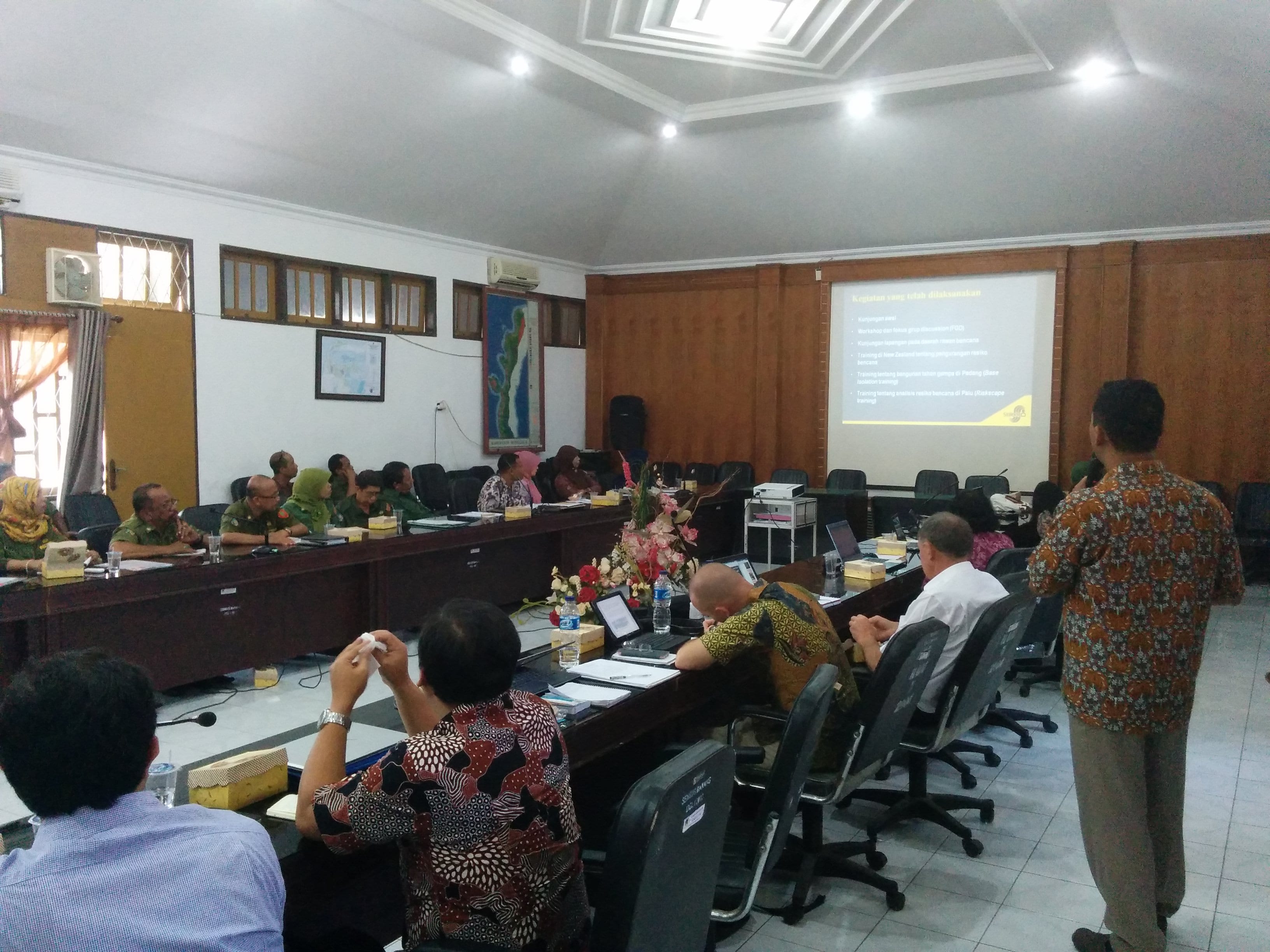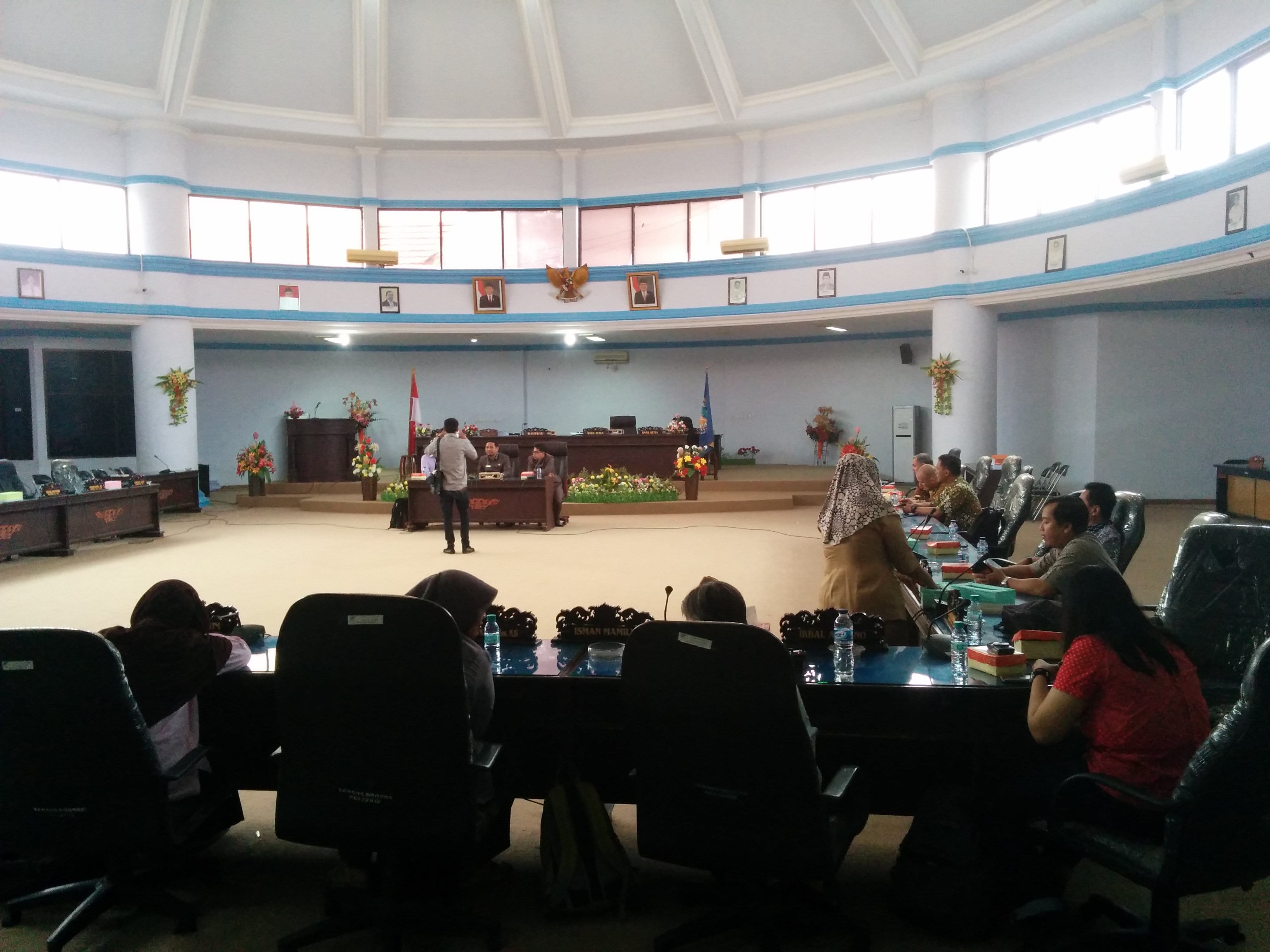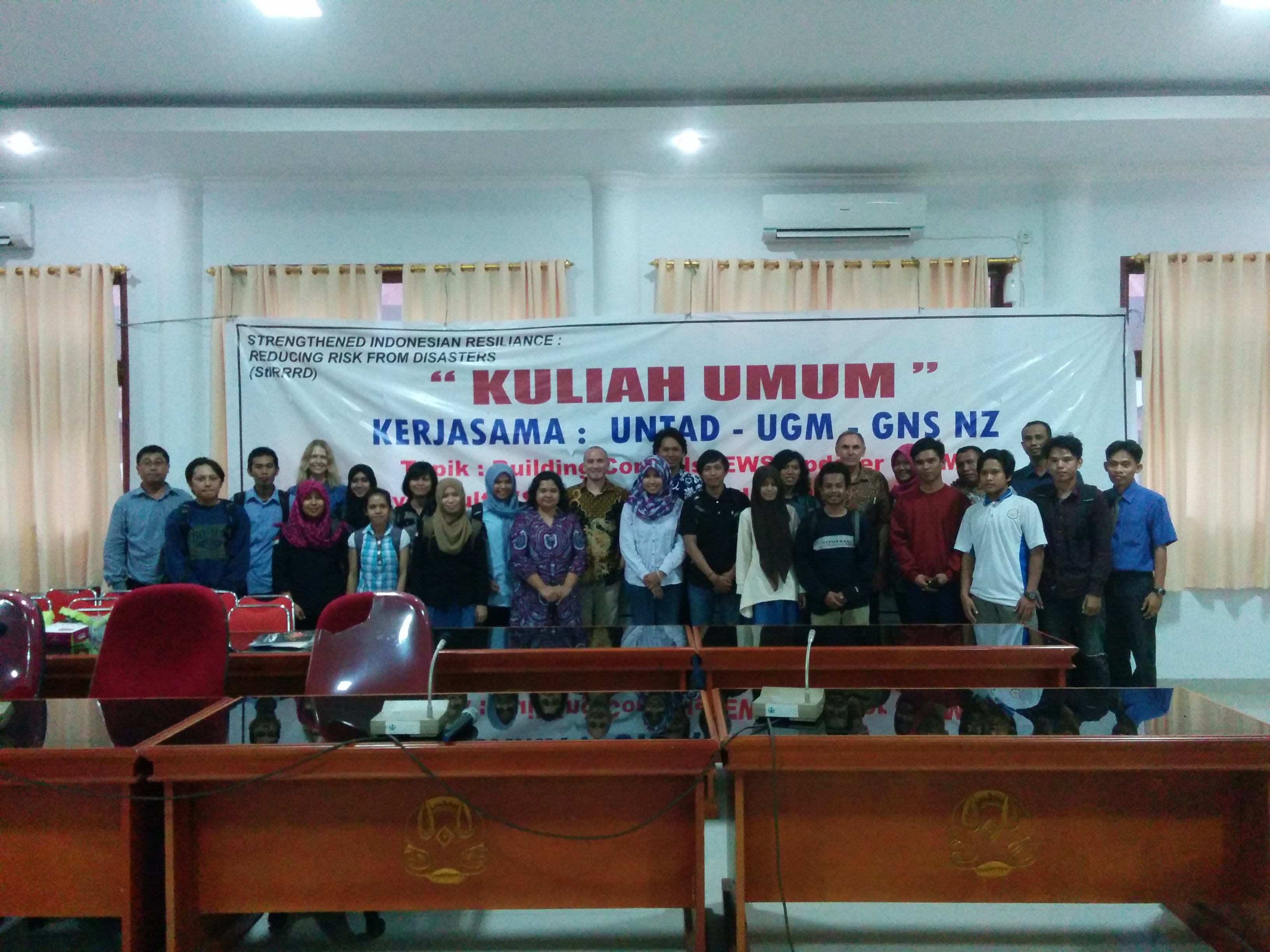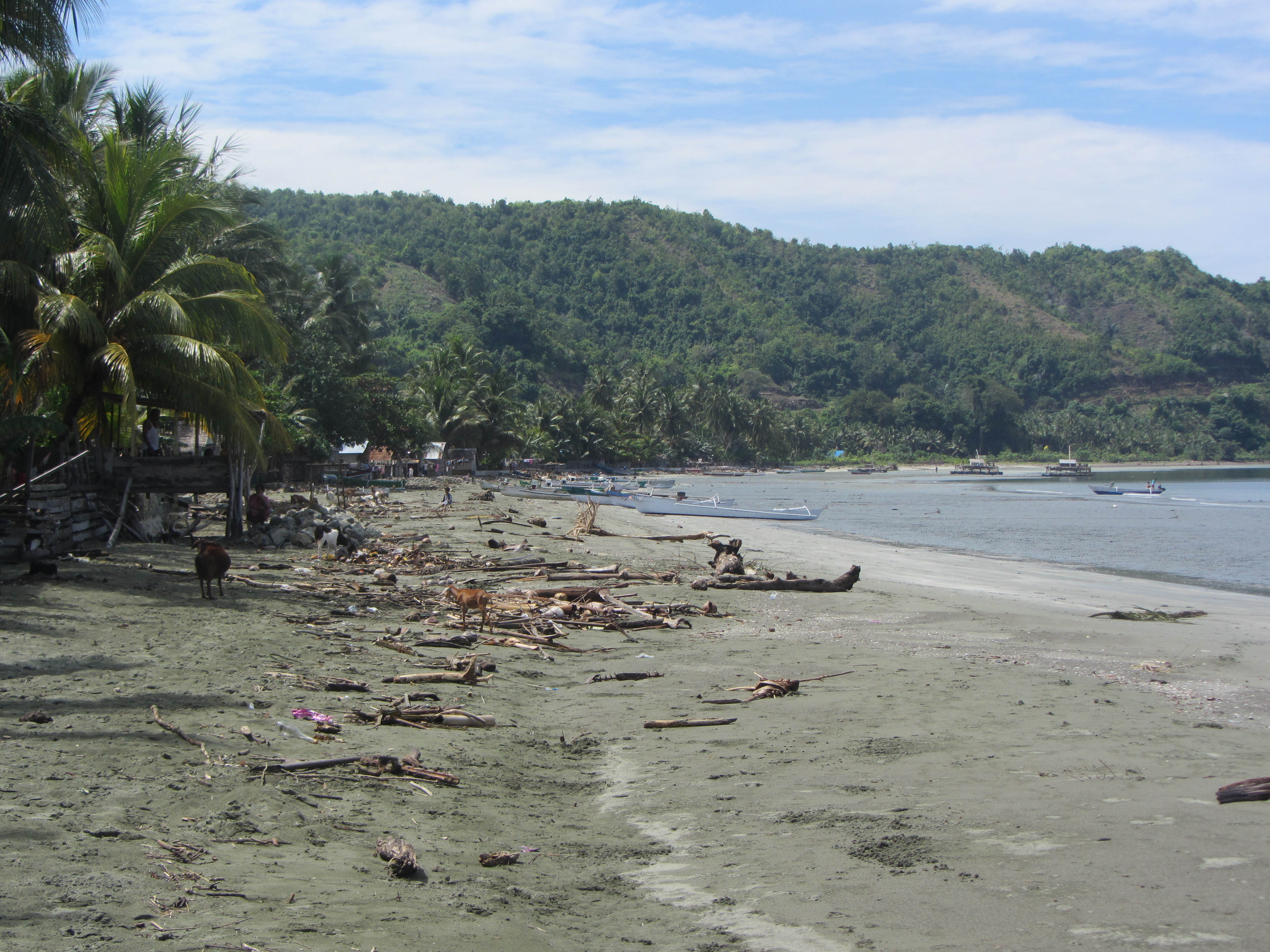The StIRRRD team were back in Donggala this week on our third visit, supporting the local disaster management agency in its final stages of developing an action plan aimed at reducing risk. Many stakeholders joined the discussion and there will be follow-up workshops to fine-tune the details next week.
The plan is an attempt to coordinate risk reduction activities across different local government work units: development planning, public works, health, disaster management, education, agriculture, environmental management, etc. It also involves and is supported by the local university, Tadulako University, and NGOs.

Workshop participants listen to Dr Agung Setianto from Gadjah Mada University.
Workshop participants listen to Dr Agung Setianto from Gadjah Mada University.
The plan was presented to Donggala’s parliament which generally supported the workplan. We hope that greater priority will be given to DRR and a greater budget allocated as a result. A robust debate was had about the role deforestation and aggregate mining were having on increasing risk, particularly increasing the frequency of landslides, flooding and coastal erosion. It was great to see the awareness of these issues and local government debating ways of managing these problems. The proof will be in changes over time, one step at a time.

Presenting the Action Plan to Donggala Parliament.
The team also took the opportunity to meet with colleagues from Tadulako University, who are an important stakeholder and who will help local government tackle the DRR challenges in the district. Tadulako are taking initiatives to develop capability in risk modelling and are involving students in capturing building asset data in Palu on tablets in order to better understand the vulnerability of different types of buildings to natural hazards. See an earlier blog on Riskscape training.

With colleagues from Tadulako University

